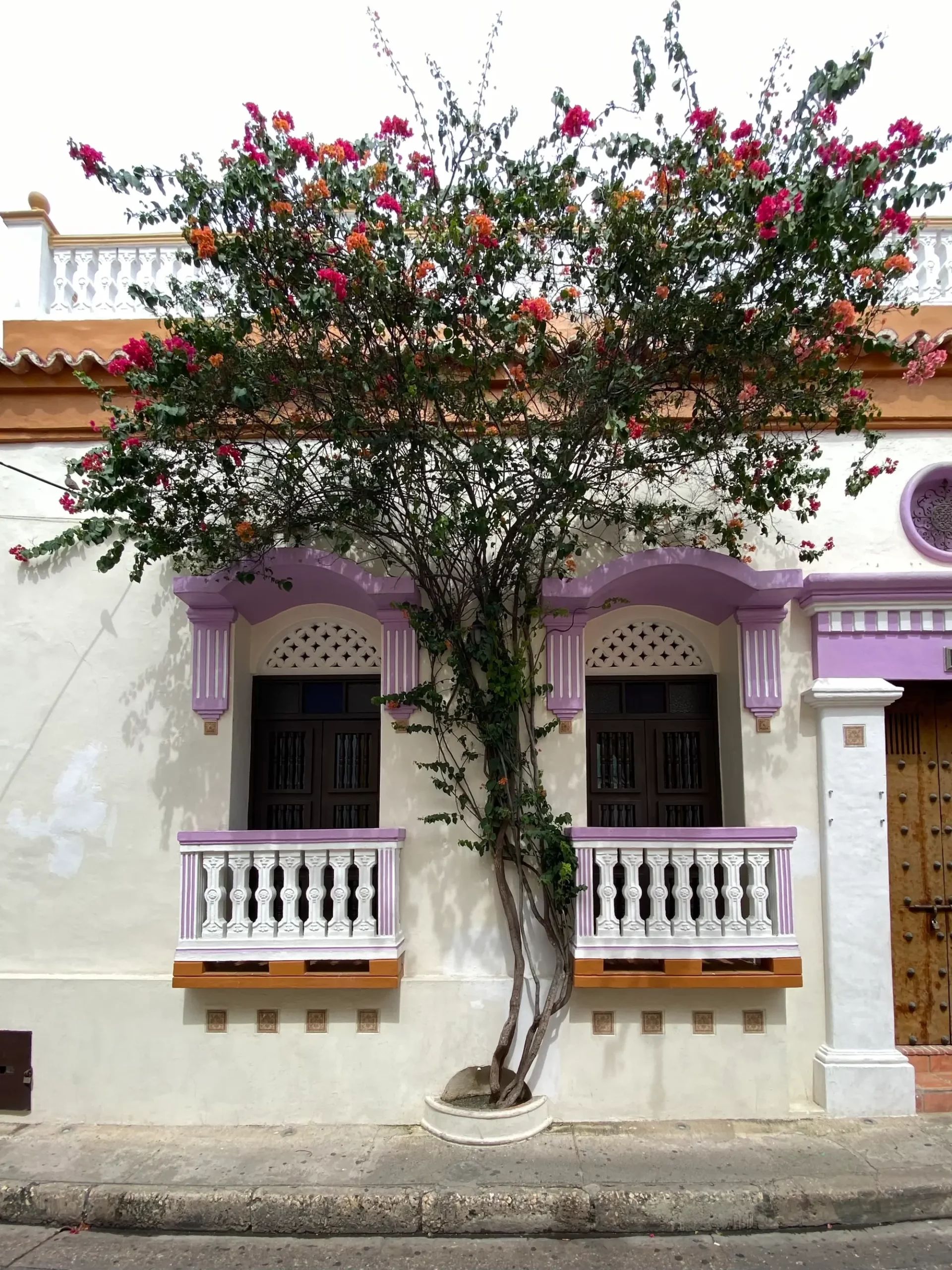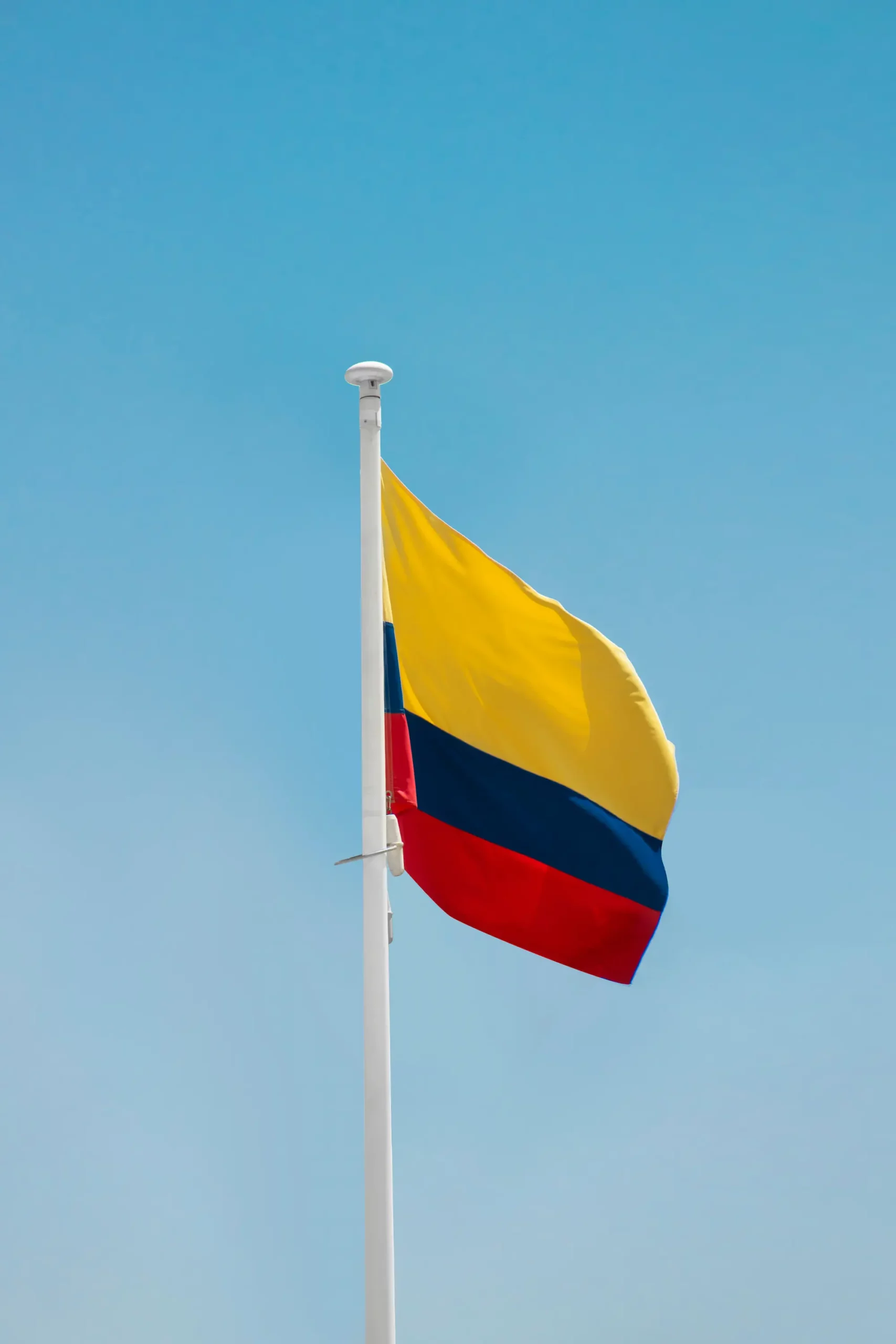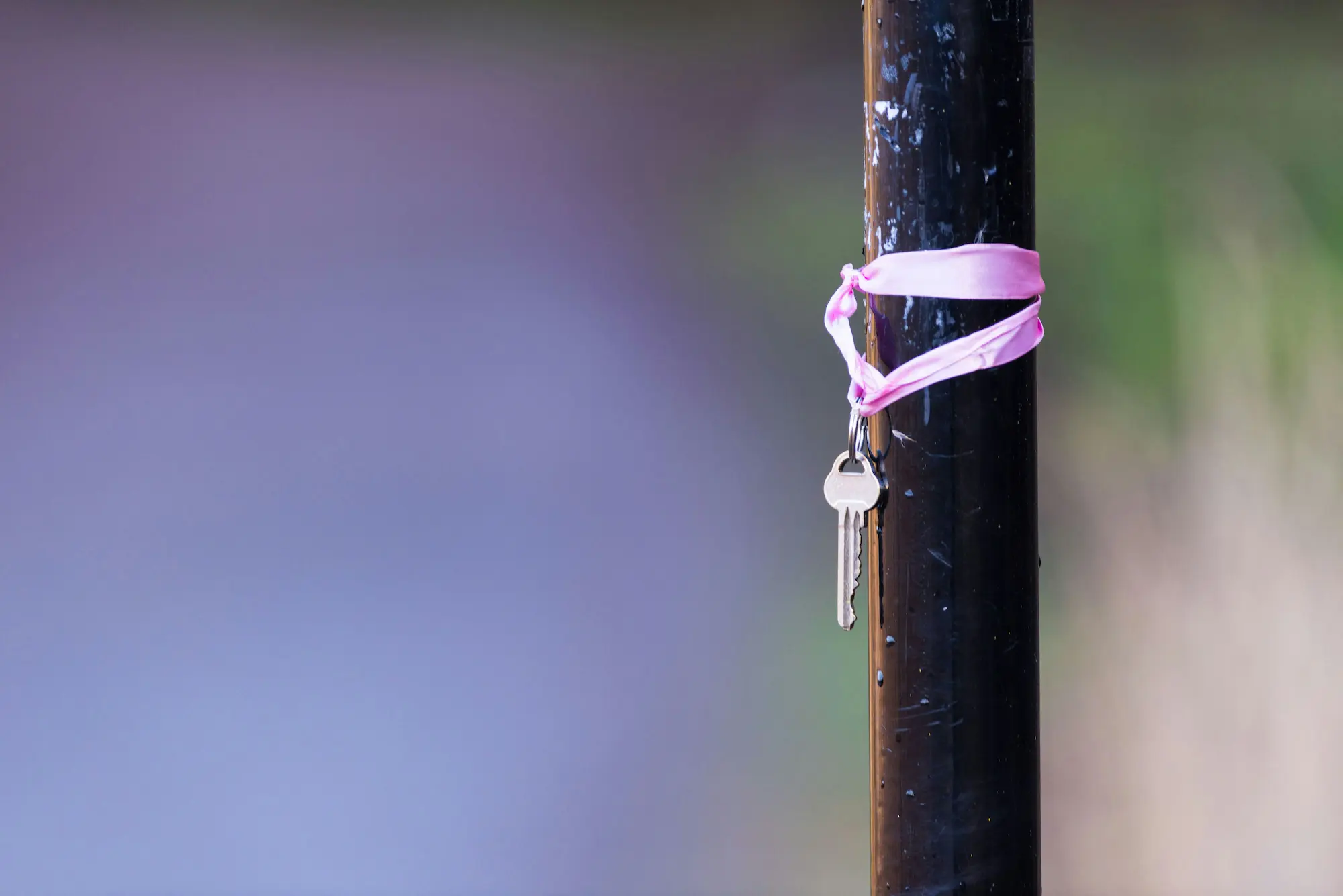Cartagena’s history stretches back to its establishment in 1533 by Spanish explorer Pedro de Heredia. Its significance as a crucial trading port for valuable gold soon made it a target for piracy and naval conflicts. To protect against these threats, the city erected impressive defensive walls and fortifications, which remarkably endure to this day, enclosing the distinct area known as Centro. This charming enclave boasts its own unique architecture, standing in stark contrast to other parts of the city such as the youthful and vibrant Getsemani, or the modern skyscraper-fileld Bocagrande, referred to by locals as “Little Miami.”

Old Town’s Enchanting Walls
The heart of Cartagena is its UNESCO-listed 16th-century walled center, a mosaic of sherbet-hued Spanish Colonial structures with cascades of vibrant bougainvillea on carved wood balconies. The Baroque domes of landmarks like the Cathedral of St. Catherine of Alexandria and the San Pedro Claver church decorate the city’s narrow streets. You can even climb on the walls at some parts to see the beautiful view of the sea.
Little Miami
Away from the old town, there’s another part called Bocagrande. It’s like a neighborhood from the future with it’s tall and shiny skyscrapers. From the Centro, you can gaze upon this cityscape, and observing the modern marvels against the historical backdrop is truly inspiring, reminding me of the charm of Panama City’s historic district. Moreover, when you find yourself in Little Miami, the nighttime reflections of lights and glass on the water create a captivating display.
Street vendors clad in Colombia’s flag colors, selling fresh fruits atop their turbaned heads, infuse the air with authenticity. Cartagena’s charm lies in its diverse districts, culinary, artistic, and social offerings. Amidst the transformation and growth, Cartagena remains a treasure that captivates generations old and new.


